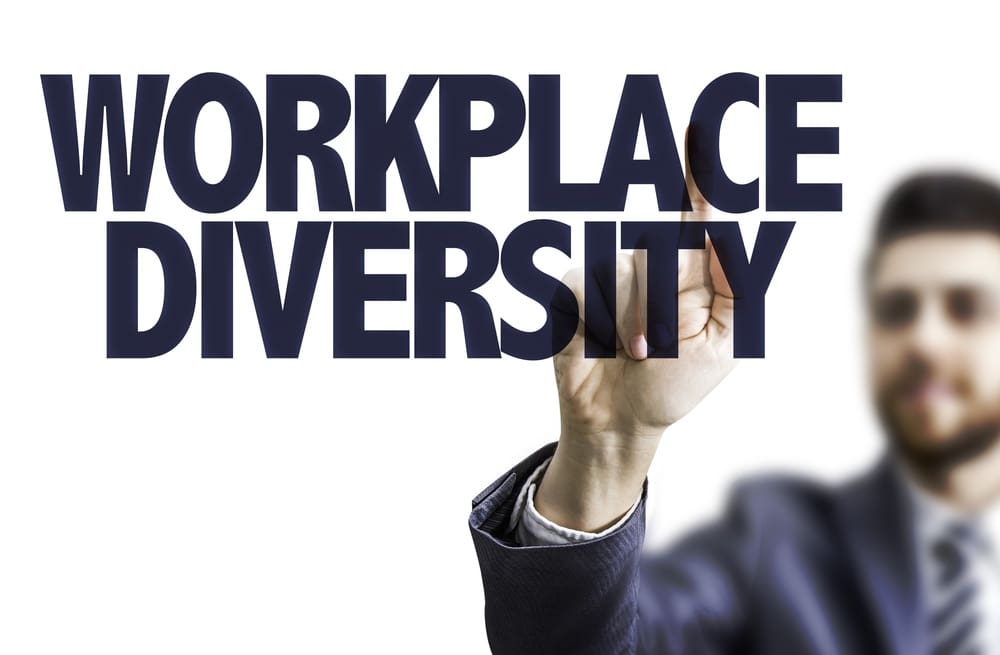
Compare Providers
Download our outplacement comparison sheet
Request Pricing
Compare our rates to other providers
It may seem obvious that the United States’ workforce looks increasingly diverse, as reflected in government and industry statistics alike. But how about particular sectors of industry? How diverse are some of our fastest growing and well-paying corporations?
In the case of high technology… not very diverse.
Earlier this year the US Equal Employment Opportunity Commission released the findings of a study conducted on diversity in STEM-oriented employers- Science, Technology, Engineering and Mathematics. They indicate that the workforce in these fields does not reflect our population very well at all.
Compared to overall private industry, the high tech sector employed a larger share of people who were:
- White, 63 percent to 68 percent
- Asian, 6 percent to 14 percent
- African American, 14 percent to only 7 percent
- Hispanic, 14 percent to only 8 percent
- Men, 52 percent to 64 percent
- Women, 48 percent to only 36 percent.
These disparities continued or worsened as leadership positions were considered.
Of course the nature of these challenges goes much deeper than the actual make-up of the work force. The economies, educational programs, ways of life and certainly long term prospects of these groups are at stake, as are ultimately the prospects for every member of the work force.
Education is a natural next-step approach. By investing in the training and development of our next generation, these discrepancies will disappear. Maybe, maybe not. However, non-traditional STEM education-recreational programs not funded by any education departments are having terrific results.
In Delaware, the Boys and Girls Clubs of America after school programs have 11 and 12-year-olds learning how to code and even developing their own Apps. Kids are making products but maybe more importantly, they are developing a combination of knowledge and self-confidence to think naturally about growing up to be a “computer expert” or, in grown-up terms, engineers and computer programers.
To make sure such programs exist, thrive and produce, companies need to invest in them through community service initiatives and/or volunteer opportunities pairing high skilled workers with these pre-teens.
Industry also can use public relations, an old tool with new approaches, to promote role models. When children see high-achieving adults who look like them, they begin to envision themselves reaching new heights. For people of any age, aspiring to something we can see is a lot more possible than fulfilling a dream of what might be a cloudy ideal.
Establishing role models takes more than good PR. Role models themselves need to make the time to become visible, through one-on-one mentoring or participation in career days and assemblies for large numbers of students.
Here’s a baseball analogy: how many players go from high school or college directly to the major leagues and succeed? Almost none. If these players ascend through the preparation of minor leagues, shouldn’t our next generation of engineers have a similar opportunity?
Universities need to develop creative programs for first generation college students. Rutgers University in New Jersey offers an intensive summer program that exposes students to college courses and guidance from academic advisors before beginning their freshman year. These students are rookies to higher ed and have little or no natural support as they pursue their education.
Here’s a link to one such Rutgers student who went on to make the Dean’s List… nine times! Rutgers also introduced Bridging the Gap to help first generation students in one of the most economically challenged communities in America.
We can’t just let evolution take care of our diversity discrepancies. Nor should we just let the education industry address these consequential shortcomings. You must be creative and pro-active because if you’re not… your competition may be out there identifying that young person who, in ten years, could change the face of your industry.
HR executives can take several steps to cultivate diversity within their organization. Did you know that layoffs have been proven to disproportionately affect women and minorities more? A way to negate this issue is to offer top of the line outplacement programs.
In need of outplacement assistance?
At Careerminds, we care about people first. That’s why we offer personalized talent management solutions for every level at lower costs, globally.


